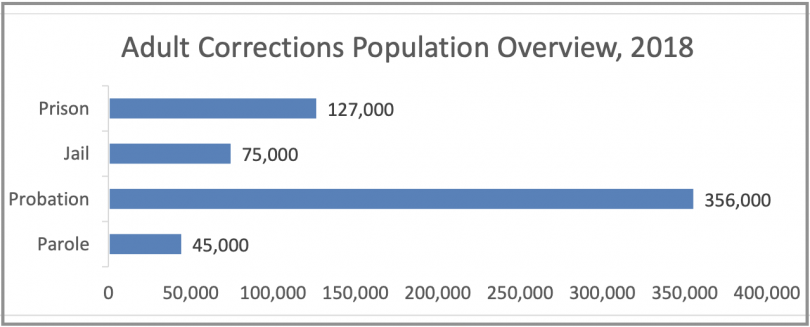Thursday, August 15, was the official launch of a brand-new research institute in California that will conduct research and analyses to determine which probation practices work and should be replicated, and which systems should be discarded in favor of reforms.
The California Probation Resource Institute (CaPRI), the first-of-its-kind in the state, plans to partner with “esteemed academic experts from top universities” to conduct the research projects.
The objective of the institute is “to further learn the best approaches to prevention and rehabilitation through unbiased data and analyses,” said Stephanie James, President of the Chief Probation Officers of California, and San Joaquin County Chief Probation Officer. “The goal of probation is to provide the best possible outcomes for our clients and the communities we live in.”
Mia Bird, a lecturer for UC Berkeley’s Goldman School of Public Policy, and Ryken Grattet, a sociology professor at UC Davis will author the group’s first report.
Specifically, the initiative’s first order of business will be to study the effects of SB 678, a bill passed in 2009, which created a stream of performance-based funding meant to incentivize the use of “data-driven model practices” with proven outcomes in probation departments.
The idea of SB 678, also known as the Community Corrections Performance Incentives Act, is that if local probation departments show measurable success in helping adult probationers succeed in their communities — by decreasing adult probation violations, and revocations, and sending fewer felony probationers back into the state or county lock-up systems — then the state would split the costs savings with the counties 50%-50%.
“There has been a significant shift since SB 678 became law in 2009 with a priority focus on rehabilitation and treatment,” Bird said. Our team is looking forward to researching and assessing this shift and its outcomes.”
(In Los Angeles, at least, the probation department has come under fire for sitting on a huge pile of funds, some of which came from SB 678, and none of which was spent powering crucial programs in the community. Read that story – here.)
The report’s second report will focus on analyzing how juvenile justice and juvenile probation have evolved in the state over the last 25 years.


It sounds like a select group of liberal academics who will skew the data to show a predetermined outcome of their choosing. You will write a fictional fluff piece to extol the virtues of their findings and applaud the release of yet more criminals back onto the streets. Those individuals will victimize others who would have been safe if not for early releases, diversions, and other “criminal justice reforms.” All the while you will be sipping lattes on the west side, well away from most of the vermin your liberal friends work so hard to keep out of jail.
Does that about sum up your position, Ms. Walker?
People like him up there have the power to take ur life and freedom…let that sink in
You have inaccurately described the funding model for SB 678 as well. There are a number of reports publicly available through the Judicial Council of California that you might have glanced over before submitting your article.